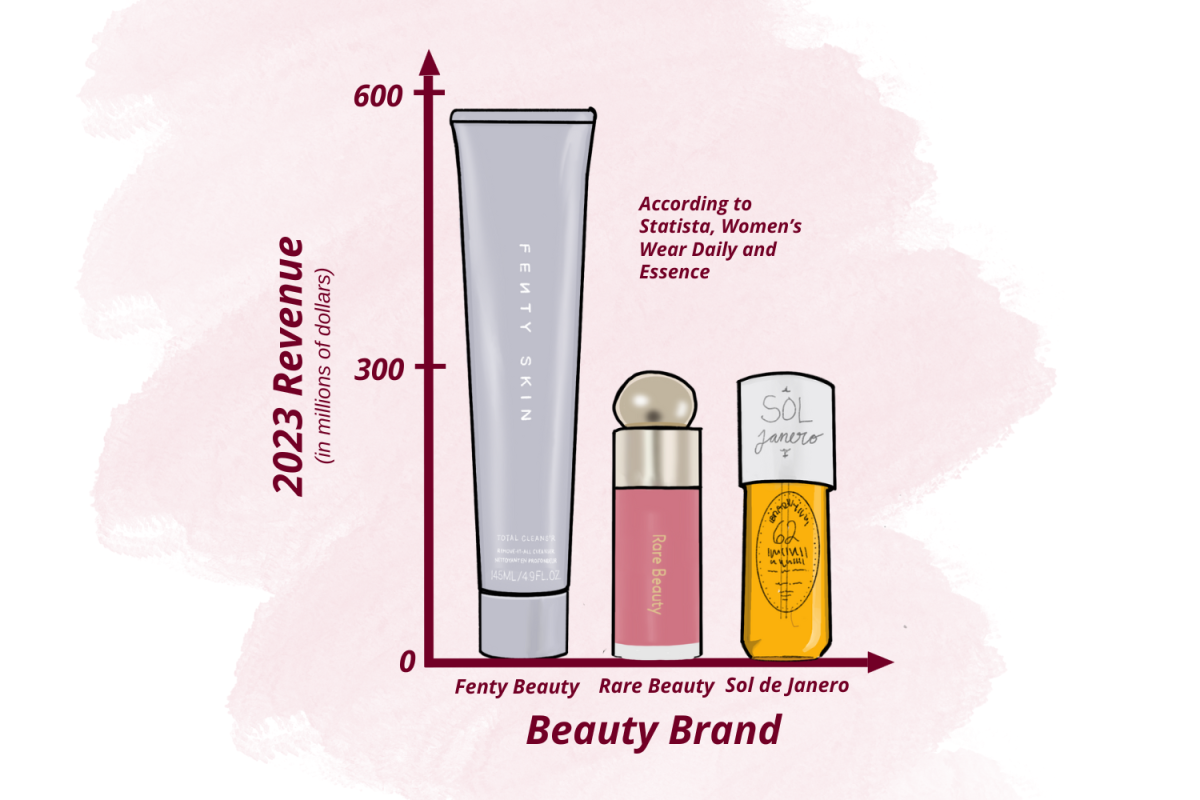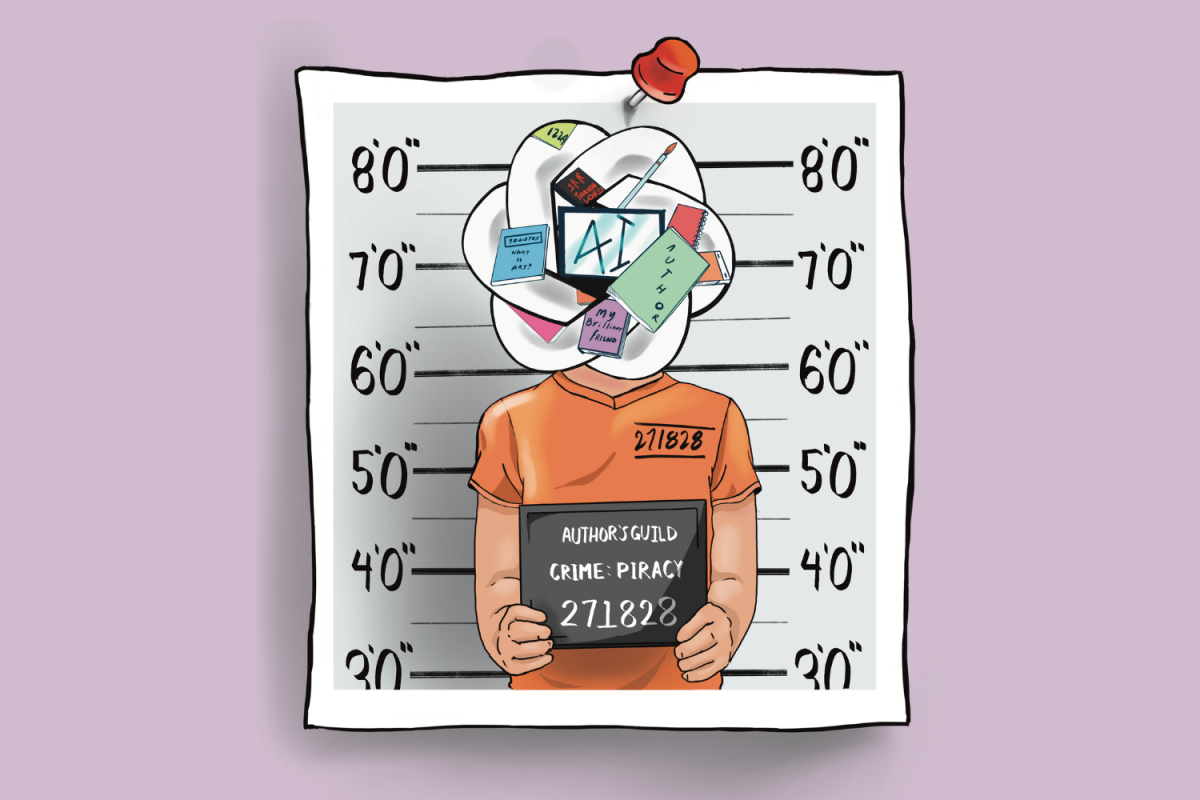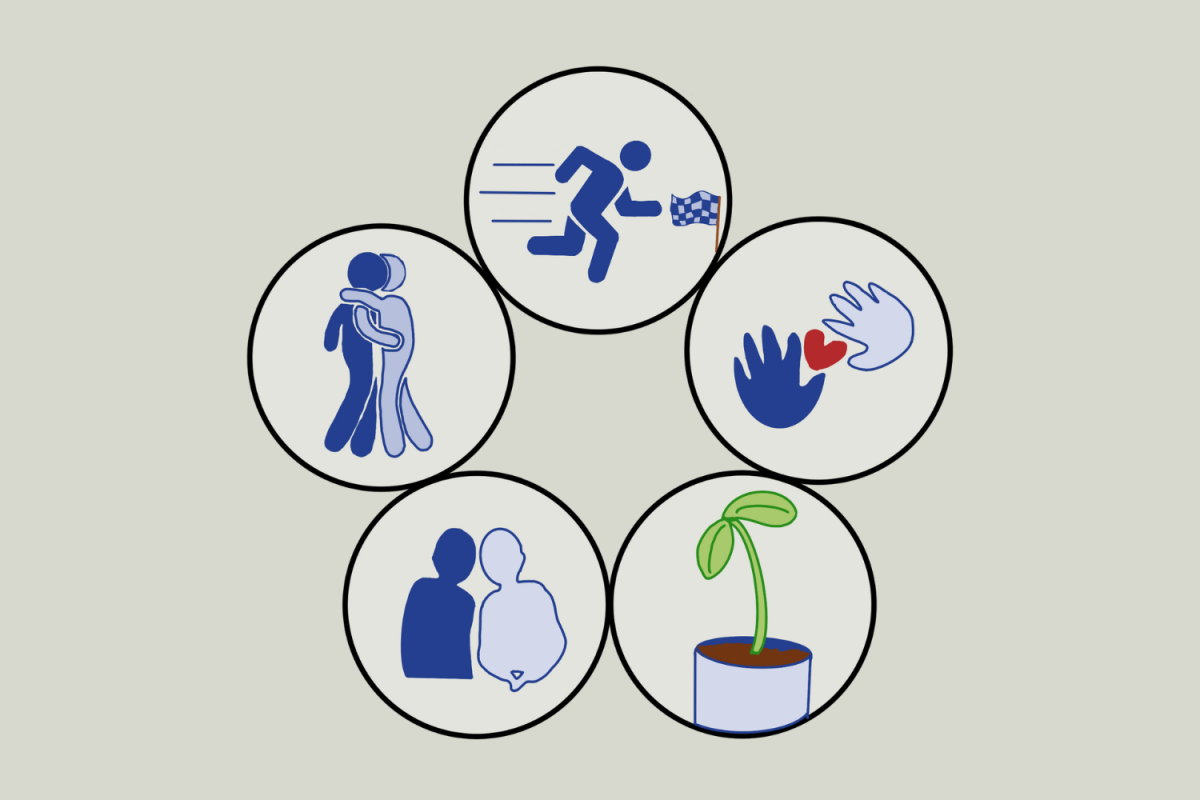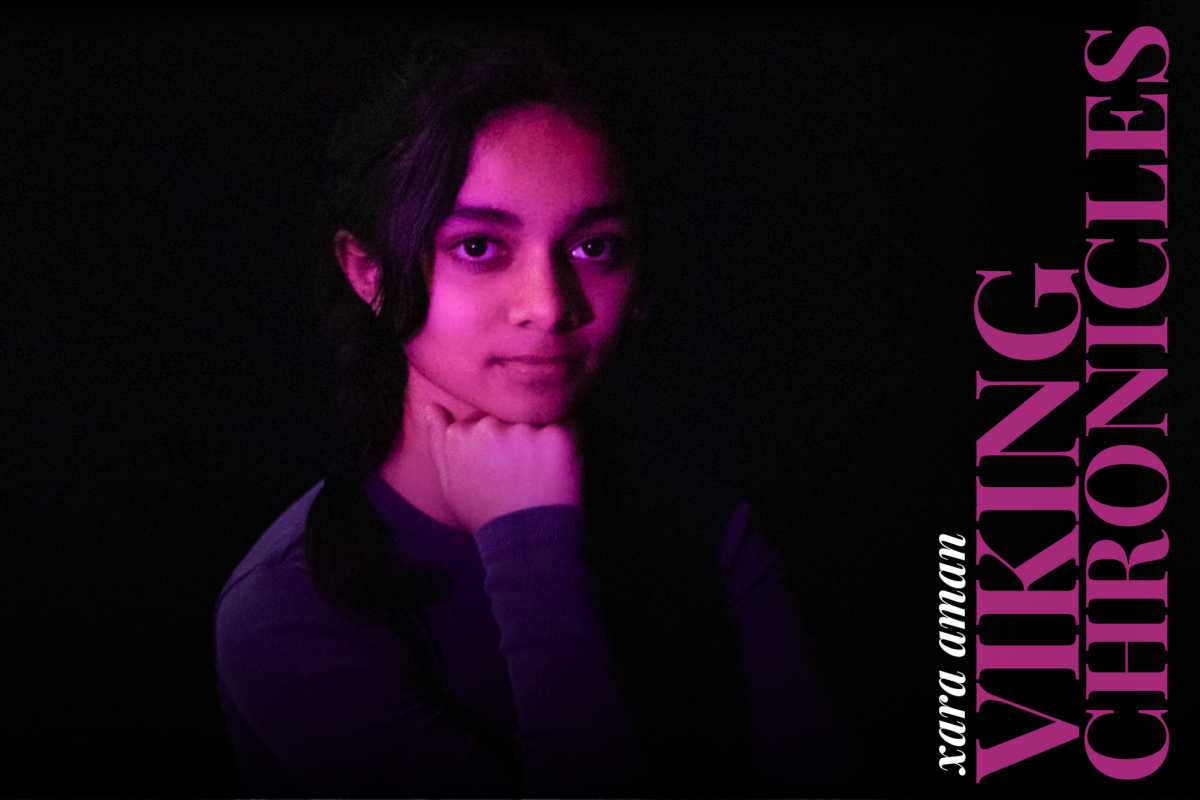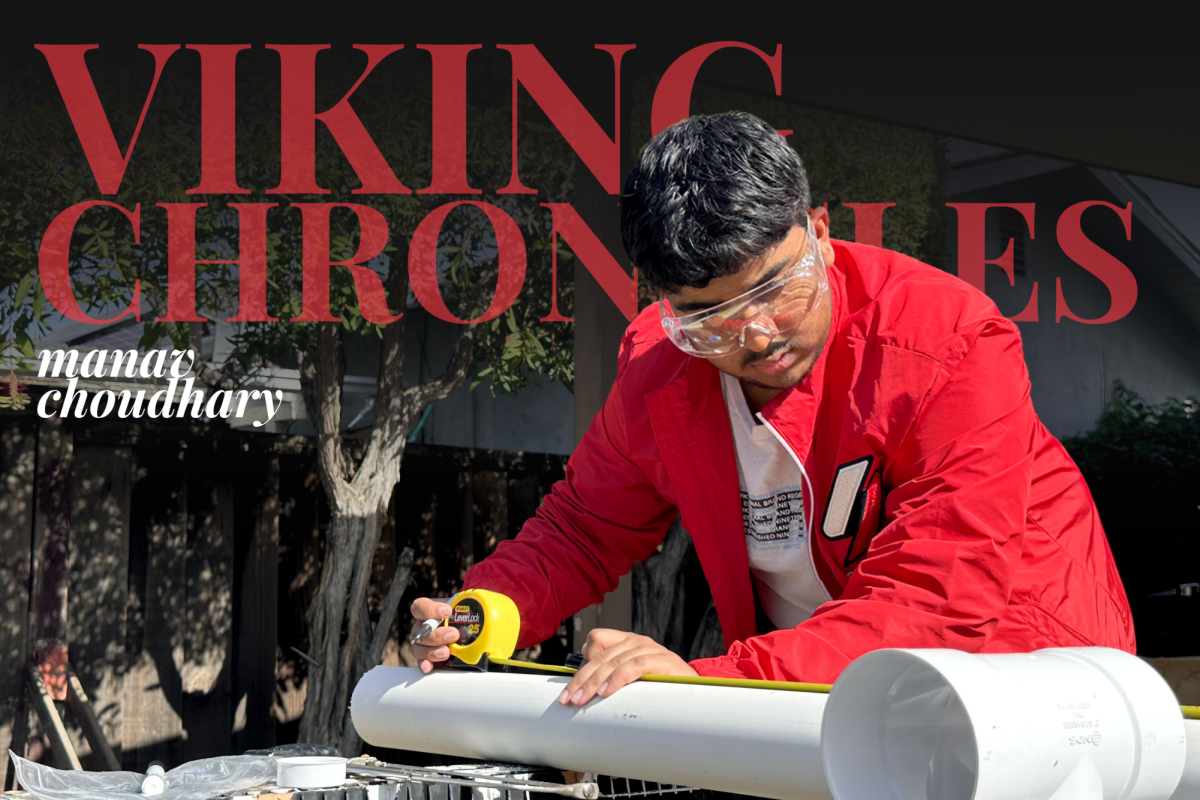What you need to know:
- Influencer culture drives consumer behavior through product endorsements on social media platforms like Instagram and TikTok, with creators gaining income from brand sponsorships.
- The influencer industry has grown substantially, with a global worth of $21.1 billion in 2023, leading to increased collaborations between brands and creators.
- Many have become increasingly concerned regarding the influence of beauty content on younger audiences, with children as young as nine being exposed to skincare and makeup products promoted by influencers, potentially leading to health risks and overconsumption.
From brand deals to modern-day social-media trendsetters, the effect of influencer culture has remained the same: their social standing and clout act as the primary drivers of consumer culture.
To receive income, many creators rely on sponsorships in which they promote products to their viewers. Whether they post on Instagram or TikTok about products in a positive light, the content is aimed at increasing sales for the product. The more influencers gain publicity for brands, the more they are paid and subsequently asked to do more brand deals.
According to a report by Statista, the total global worth of the influencer industry stood at $21.1 billion as of 2023, having more than tripled since 2019. As influencer endorsement continues to mature as an industry, the value of influencer marketing platforms also continues to expand every year, making collaborations between brands and creators more profitable than ever.
As social media platforms become increasingly popular among younger generations, beauty content produced for young adults has ended up reaching not only teenagers but also children. According to a survey conducted in July 2023 by Insider Intelligence, around 29.1% of Generation Z consumers who are aged 11 to 26 consider TikTok a “go-to” for product discovery, and around 52.5% used the platform for shopping or product discovery.
“Influencers and brand ambassadors play a really vital role in the type of products that are being mainstreamed,” sophomore Ruxi Ion said. “Everyone looks up to them on social media — especially the younger audiences — so if a younger child saw their favorite influencer using a certain product, they would be more inclined to buy it.”
For example, 18-year-old influencer Katie Fang began her TikTok career by filming “Get Ready With Me” videos, soon gaining popularity among teenagers. According to an article from Glossy Pop, a fashion and beauty newsletter, Fang’s audience age range is from 9-year-olds to 18-year-olds. In the majority of her videos, Fang uses various expensive skincare and makeup products, especially products from the brand Glow Recipe, a skincare brand that targets audiences over the age of 21. Some of its products have retinol ingredients, which are not made for premature skin. Children can suffer from allergic reactions, skin irritation and, on the more severe side, even cancer due to heavy metals in products and ingredients like lead, asbestos, formaldehyde and phthalates.
“There are a lot of younger children watching these videos, and they are buying these products without knowing the consequences or side effects,” junior Saishriya Narayanan said.
Classified as Generation Alpha, children 10 years old and younger were born into an era where the use of social media runs rampant. Unfortunately, many children lack media literacy and are easily influenced by product reviews or promotions from popular makeup influencers on social media. This is reflected in a recent phenomenon of younger children at Sephora buying high-end and more mature makeup. Many members of the online beauty community have expressed their concerns about children being over-exposed to videos online showcasing popular makeup products and brands.
“A lot of children want these products because they think it is cool and they want to mature and participate in these trends,” Narayanan said. “They seem to think that any product on TikTok will work for anyone of any age, but they don’t understand that different products work for different people and different ages.”
Consumers have started to rely on viral trends for recommendations on what to buy. If a famous creator gives a complimentary review on TikTok, they can sell out a new blush or cream within minutes. The sentiment that one must buy a product to stay on-trend results in the overconsumption of items in the makeup and skincare industry.
According to Statista, the U.S. cosmetic industry was worth an estimated $49 billion in 2022, and Tiktok itself generated $6 billion in consumer spending due to viral trends like “Sephora Hauls,” “Things TikTok Made Me Buy” and “Beauty products that need to go viral on TikTok.” Additionally, many of the popular products that influencers have promoted are high-end brands. This has resulted in beauty TikTokers making videos influencing others to buy more affordable knockoff products. According to a 2022 report from Zero Waste Week, beauty packaging amounts to 120 billion units of waste every year, a result of the overconsumption of beauty items.
“On social media, one thing pops up and then it becomes old news,” Ion said. “Many consumers are impulsively buying these products whether they need it or not. We just need to be aware of what we are buying and if it is sustainable.”
Integrated heavily into modern society, influencers act as role models, advocates and the faces of multimillion-dollar corporations. With the social standings and influence that public figures hold, along with funding from brands, products are mass-marketed to social media users. Therefore, it is important to acknowledge that there are drawbacks to being chronically online and to do the research to avoid the overconsumption of products.






















































